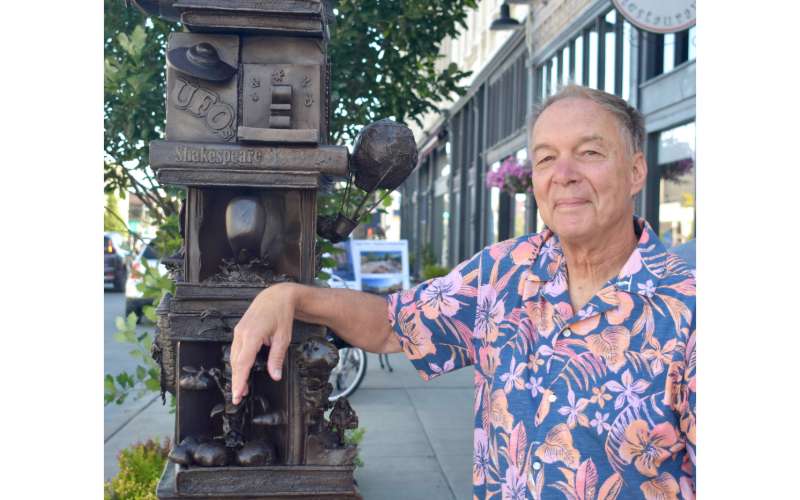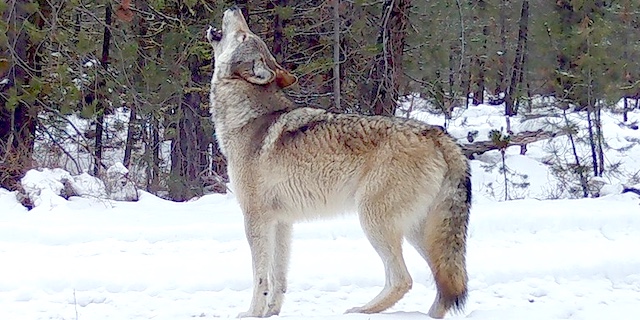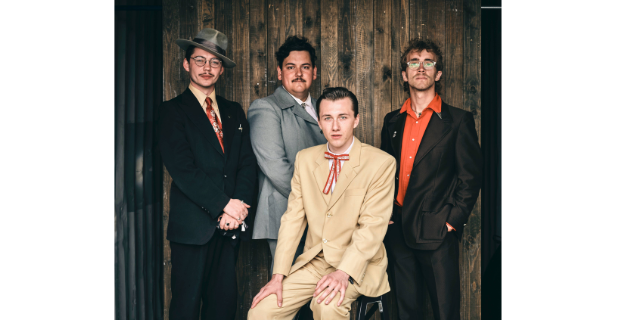Baker students conduct survey
Published 3:10 pm Thursday, March 30, 2017
Many local businesses in the downtown area have had a visit from Baker High School students asking them to participate in a survey.
Trending
Megan Alameda’s environmental sciences students are conducting the surveys as a result of work they are doing related to the application of a $300,000 Environmental Protection Agency (EPA) Community Assessment Grant. The class partnered with Baker City to apply for the grant in December.
Its purpose is to fund the assessments of local brownfield sites in the business corridors of Main, Broadway and 10th streets.
According to the EPA, a brownfield is a property, the expansion, redevelopment, or reuse of which might be complicated by the presence or potential presence of a hazardous substance, pollutant, or contaminant. Alameda said the DEQ lists 82 brownfield sites in Baker City and the students plan to target 23 of them along the three business corridors.
Trending
The development of the survey came about not as a requirement of the assessment grant but because the students realized that there is a connection between these brownfield sites and the economic health and vitality of the community as a whole. The survey is a tool to gather data that can be used to explore ways to improve the economic environment.
“It’s a good partnership,” Baker City Community Development Liaison Robin Nudd said. “It excites me to think that these students are getting so involved in the community and the economic development aspect of it.”
While the grant funds (if awarded) are to be used for the purpose of assessing these brownfield sites with the ultimate goal of securing future funding to help their owners clean them up so they can become viable assets of the local economy, the students began to look beyond those sites. Last year the class had written the grant resulting in many of them coming to a realization about the community they were the future of.
“There’s a lot more here than just these brownfields … That opened up the students’ eyes about what’s going on (in Baker City) not only in brownfields but also in the larger scope of businesses here and what that is looking like and what it could look like,” Alameda said.
She explained that high school students have a different perspective of Baker City than adults do.
“There’s a desire here in the students to be looking for something that caters to them,” Alameda said. “As we’ve gone through this class for the last four years, every cohort of students says it’s not feeling represented here in Baker — they feel like something is missing. And, of course, high school students are the biggest consumers in the world.”
That brings up the question of how these brownfield sites relate to the neighboring businesses and the surrounding area, Alameda said. Which resulted in the development of the survey of local businesses to help answer that question.
She said before students can understand what the potential could be for a brownfield site, they need to first understand what is already there.
The survey gives the students a picture of what businesses are in place and helps them explore the kind of businesses they would like to see come to town.
At first they might say more fast-food establishments or maybe Walmart, Alameda said. Then the discussion leads to what those businesses would do for the local economy and the local population and where that money would go.
“And then they start thinking broader as we get into brownfield sites and community health and sustainability,” Alameda said. “They start opening their eyes to start thinking about what’s the essence of what they really want.
“They want a place to play. They want a place to feel like they can gather without being yelled at by moms or dads … And everything kind of connects,” she said.
Senior Kory Lee, 17, said besides not liking the fact that the survey involved a lot of paperwork — not his favorite thing at all — he liked that the survey’s ultimate goal was to make Baker City a better place.
“The reason we’re doing it is to make Baker better for future generations and all the kids so it’s not as boring for them as it is for us,” he said.
Whether the grant is awarded or not (the award will be announced sometime this spring), the students developed the survey to generate data that will help them meet the needs of what they are interested in learning about relating to the cleanup of the brownfield sites and the development of them and the surrounding areas, Alameda said.
“If they are going to have any impact on this community they are going to have to know more holistically about what those challenges are,” she said. “They were interested in what that could look like.”
Junior Preston Waggoner, 17, said the survey was “the meat of the whole thing” and talked about how it ties in to the assessment of brownfield sites.
“You don’t want to open a door and walk through it unless you know what’s on the other side,” he said.
The survey they ultimately developed asks businesses their contact information including an alternate phone number as well as online and social media information, type of business, customer demographics and how long the business has been open.
Another question asks what the business owner knows of past businesses that occupied the location. To help the students look at businesses from a holistic perspective, other information requested is how the business owner would like to see his/her business improve as well as what improvements they would like to see in the surrounding area. The survey also asks how the business owner rates Baker City as a place to raise a family, get a job and start a business; for its dining, entertainment and shopping opportunities and whether it has options for people of all ages. Finally, it asks what the business owner thinks Baker City needs in order to be more economically prosperous.
Earlier this month, the class made several trips throughout the downtown area (within the boundaries of the former economic improvement district) conducting the survey. Students will continue after spring break in the areas of Broadway and 10th streets.
Conducting the survey and analyzing the data is a great educational experience, Alameda said.
“This is a really good science skill as well a research and data skill,” she said.
Ultimately the students hope to use the data to enable them to understand what the business needs are in each area surveyed.
“What does the data tell us? Who are the customers that are being catered to?” Alameda said. “Who are the customers that we’re finding are not being catered to in this area? How long has the business been there? Are there businesses that rotate a lot — are up and running and then gone in a year? They’re looking at that on a larger perspective to think about what that data is then informing them about.”
See more in the March 29, 2017 issue of the Baker City Herald.









